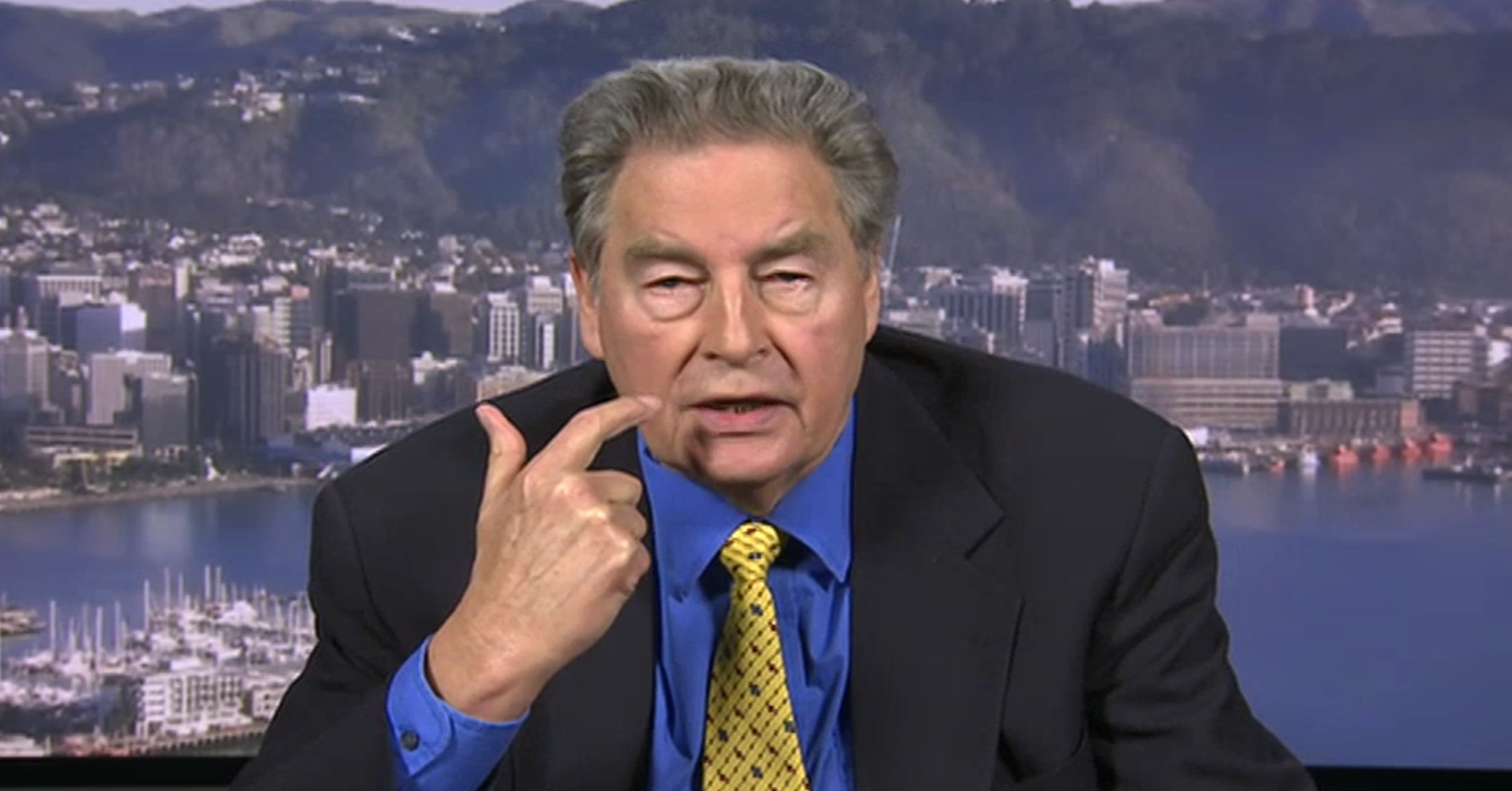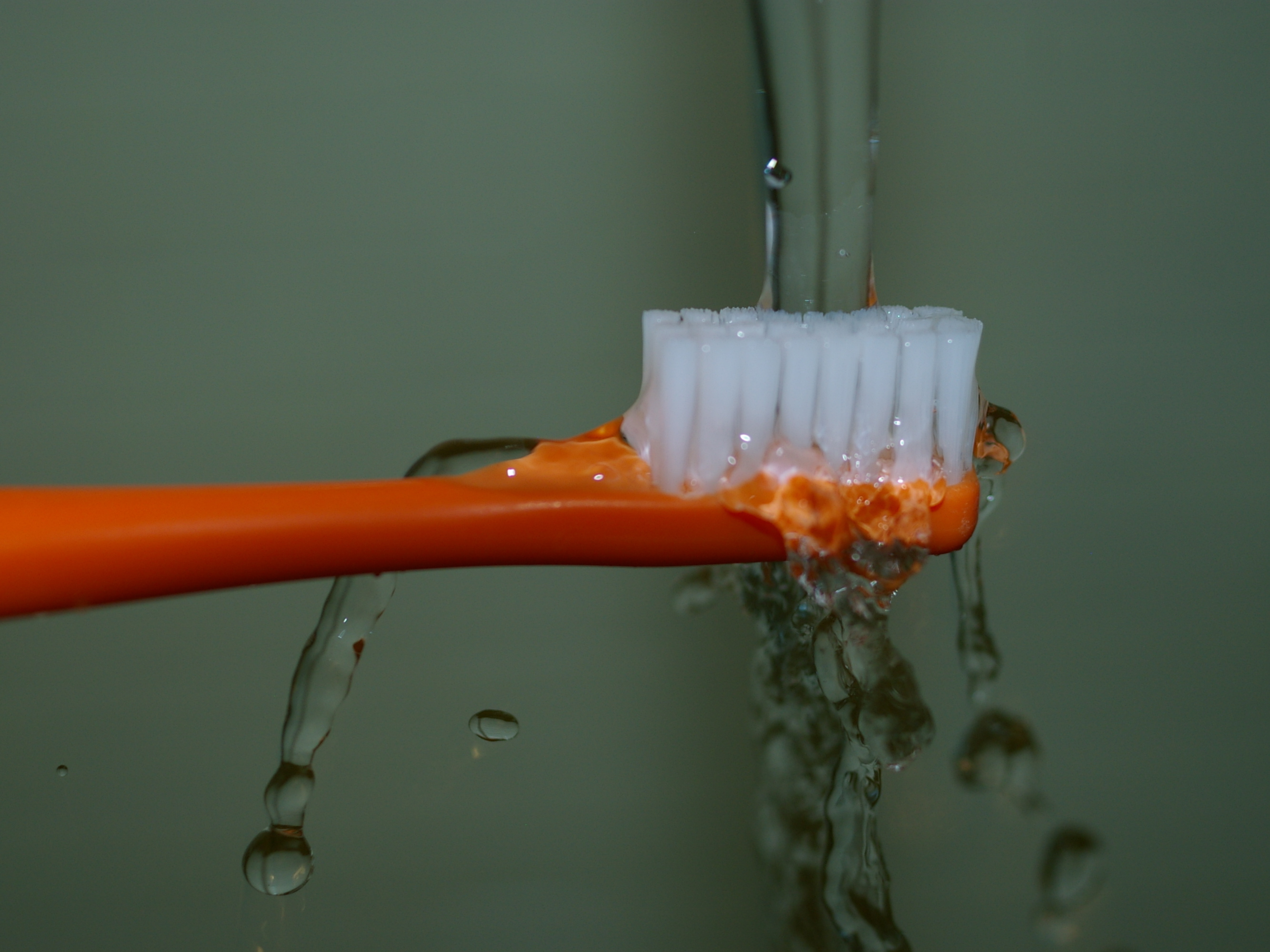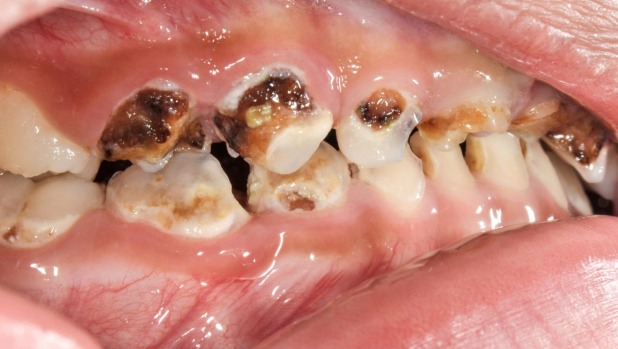Is theobromine better than fluoride?
“An organic compound, theobromine, found in chocolate is better than fluoride at remineralising and hardening tooth enamel, according to a new study published in Caries Research.
The study investigated the surface micro-hardness of enamel after artificial enamel lesions were treated with theobromine, fluoride or artificial saliva. While artificial saliva did not contribute to enamel remineralisation, theobromine demonstrated mineral gain at a greater rate than fluoride. By increasing the size of apatite crystals that form and strengthen enamel, theobromine makes teeth less vulnerable to bacterial acid erosion that can eventually lead to cavities.”
http://www.nature.com/bdj/journal/v214/n10/full/sj.bdj.2013.499.html
Direct from the paper:
Remineralization of Artificial Enamel Lesions by Theobromine (2013)
“Results: SMH indicated significant (p < 0.01) remineralization only with theobromine (38 ± 32%) and toothpaste (29 ± 16%). With TMR (Δz/lD), theobromine and toothpaste exhibited significantly (p < 0.01) higher mineral gain relative to artificial saliva. With SMH and TMR, remineralization produced by theobromine and toothpaste was not significantly different. With EDS, calcium deposition was significant in all groups, but not significantly different among the groups (theobromine 13 ± 8%, toothpaste 10 ± 5%, and artificial saliva 6 ± 8%).
Conclusion: The present study demonstrated that theobromine in an apatite-forming medium can enhance the remineralization potential of the medium.”
http://www.ncbi.nlm.nih.gov/pubmed/23615395
Other studies looking at theobromine:
Theobromine Effects on Enamel Surface Microhardness: In Vitro (2012)
“Results: Increasing enamel microhardness was observed after treatment with four different theobromine concentration. The highest increased of enamel microhardness was shown in T1000 group and difference compared to other group were statistically significant (p<0.05). Conclusion: Theobromine is a potential dental caries prevention material due to its effect in improving the surface microhardness of tooth enamel.”
http://www.jdentistry.ui.ac.id/index.php/JDI/article/download/138/127
Effect of Theobromine on Enamel Surface Hardness: An in-vitro Study (2010)
“Results: Surface microhardness (SMH) was measured at baseline, after demineralization and after theobromine 100 ml, 200 mg/l and remineralization, SMH showed statistically significant differences between baseline, after demineralization and theobromine 100 mg/l (p=0.0023) and theobromine 200mg/l application (p=0.0016). SMH showed that 200 mg/l Theobromine protected enamel specimens greater than 100 mg/l(p < 0.05).
Conclusion: Microhardness alterations are directly associated with mineral changes in superficial layers. Theobromine 200 mg/l may seem to have positive effect on enamel remineralization.”
https://iadr.confex.com/iadr/2010barce/webprogram/Paper136589.html
Theobromine increases crystal size (2002)
“Results: X-ray diffractometry showed larger crystallites and the amounts of each Ca, P and Mg released from the enamel surface were significantly less than that of the control over an 80 min. period (P<0.05). Electron microprobe analysis indicated the same weight percent content of Ca and P between the experimental and control groups. This suggests that the proportional increases of Ca and P ratio. Large crystal size is correlated with resistance to dissolution. Theobromine and fluoride are the only two substances that increase crystal size. However, theobromine may be superior to fluoride because it is less toxic. Theobromine is a naturally occurring purine derivative present in cocoa and chocolate products.
Conclusions: The intake of theobromine in early life may increase the crystal size of the tooth surface during developing stages. This increase of crystal size of enamel makes the tooth less soluble to the acid attack.”
https://iadr.confex.com/iadr/2002SanDiego/techprogram/abstract_12740.htm
To sum up here, there is some interesting research showing theobromine helping teeth, but a lot more studies over many more years will need to be done to see if it can be a replacement for fluoride.






Leave a Reply